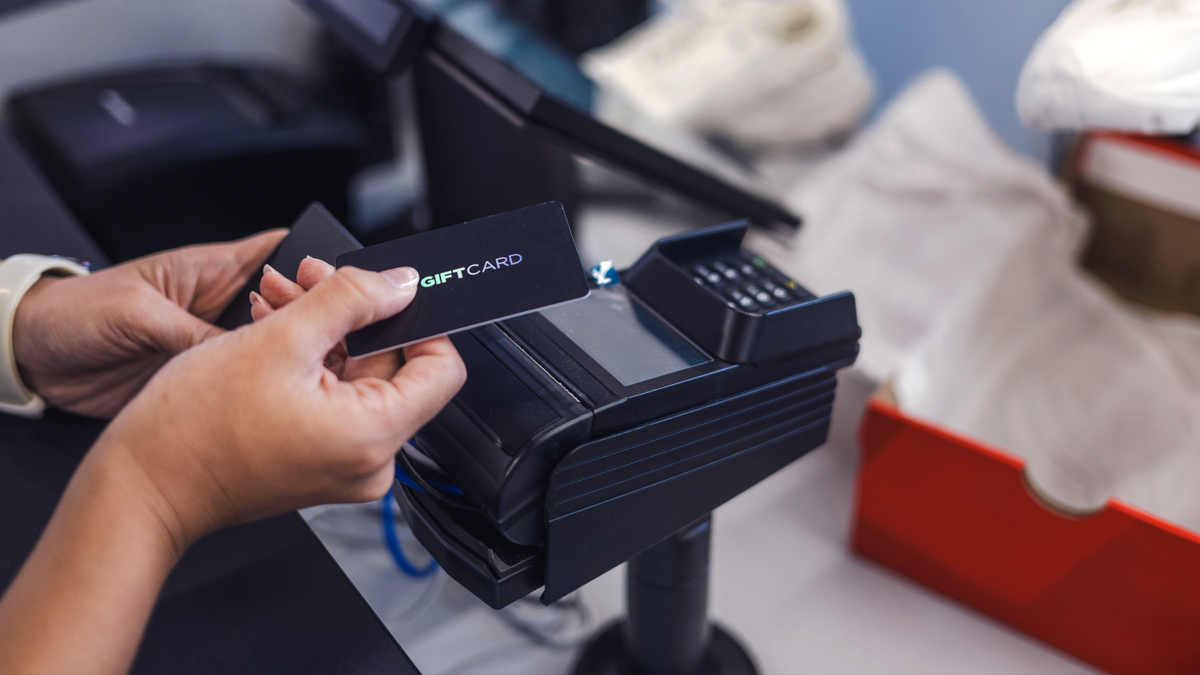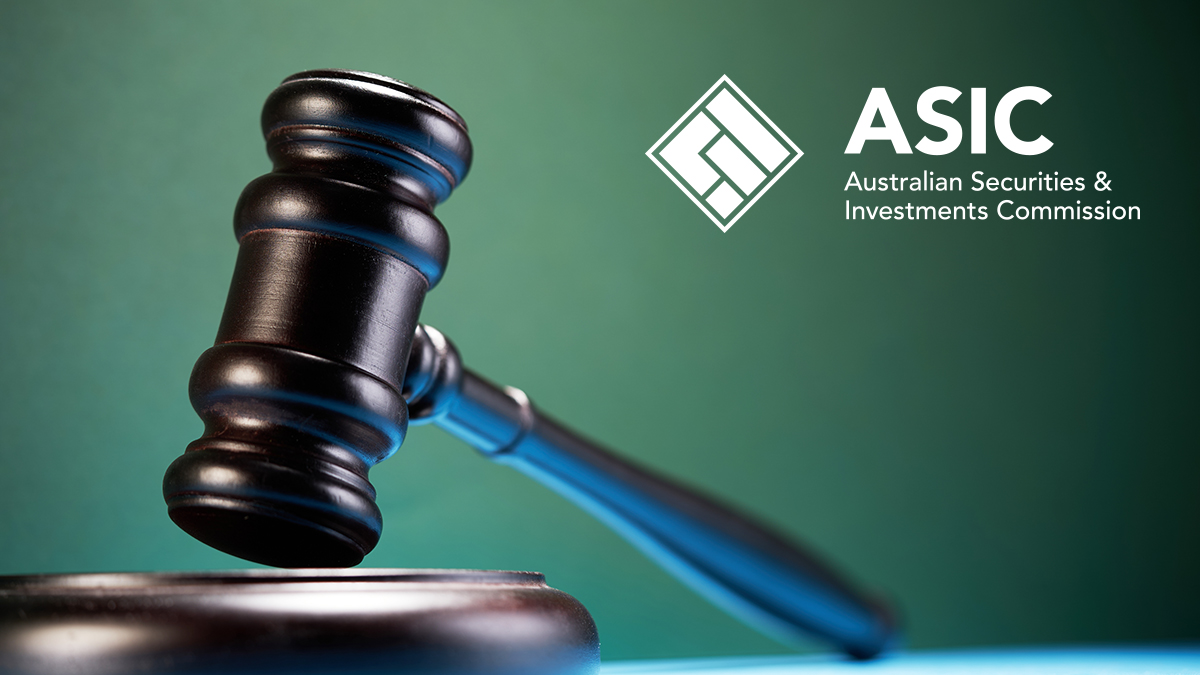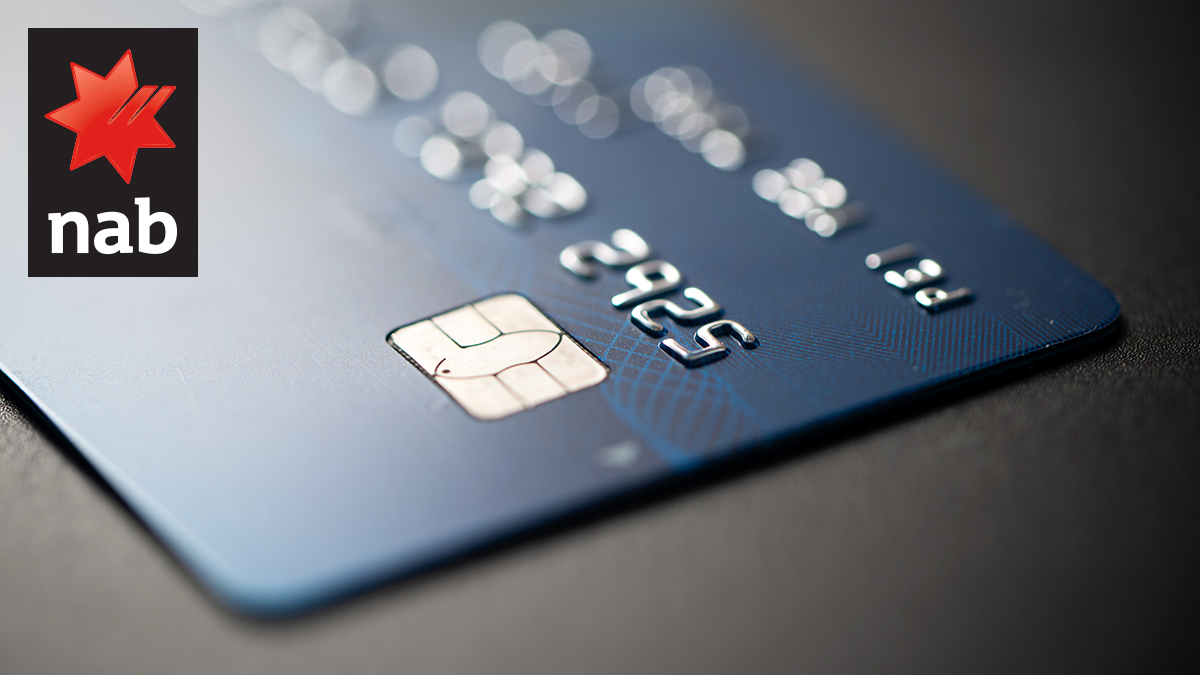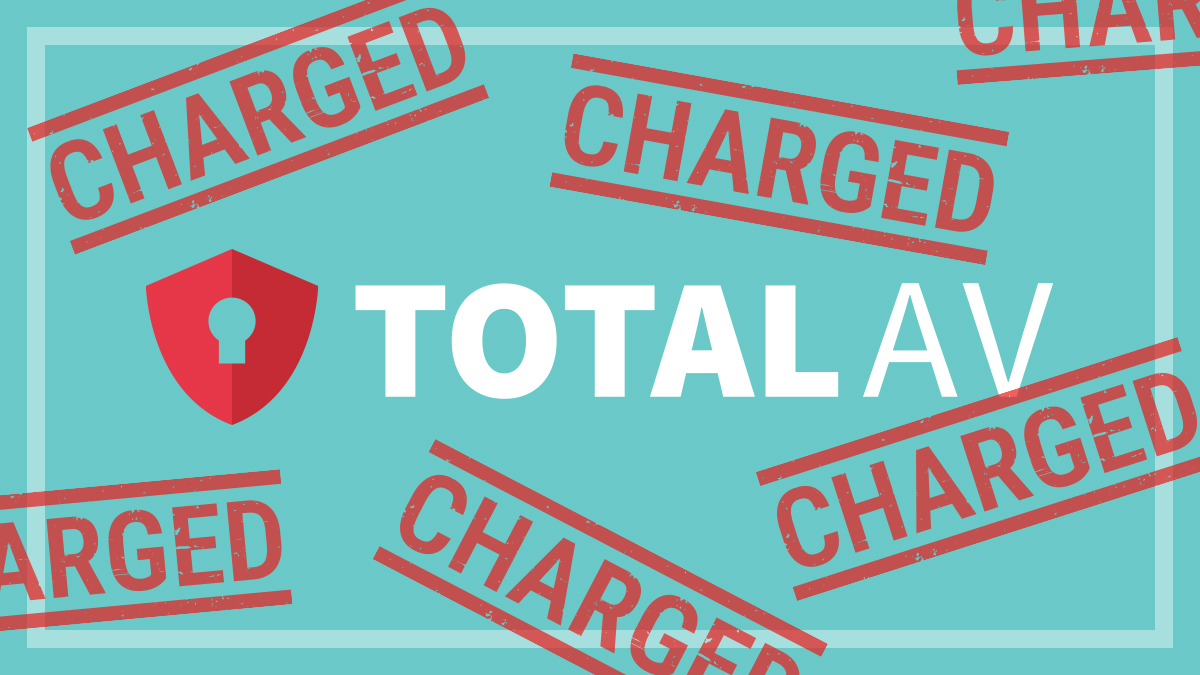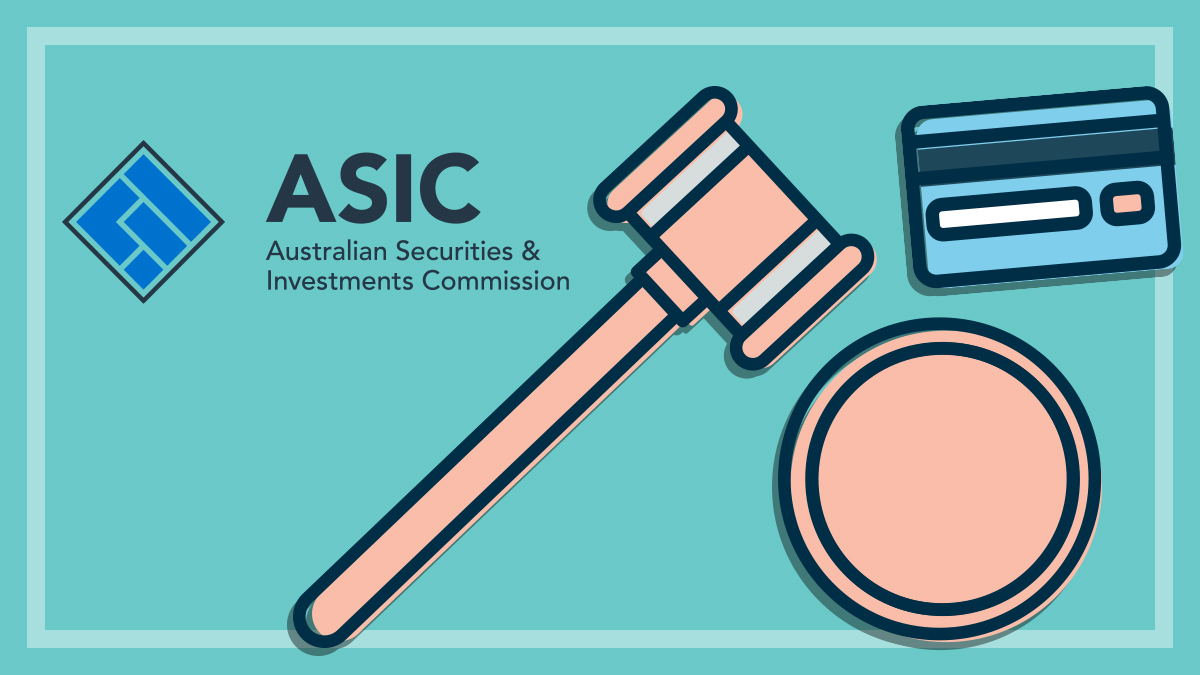Get our independent lab tests, expert reviews and honest advice.
The great credit card rip-off – and how much extra we’ve paid

Need to know
- If credit card rates had moved in line with the cash rate, Australians would have paid $6.3 billion less in interest since 2011
- Australian banks say the gap is normal in advanced markets, but experts disagree
- We identify the 12 cards whose rates have gone up the most, as the cash rate fell from 2.00% in April 2016 to 0.25% today
It’s not a stretch to see credit cards – especially high-interest ones – as predatory products designed to lure people into a long-term debt trap.
And to confirm that credit cards have long been cash cows for their issuers, you don’t have to look much further than the yawning gap between what the banks pay to borrow money (the RBA’s official ‘cash rate’) and how much interest they charge on the worse cards.
Rates 11.5 times higher
In 2017, we reported that average credit card rates were 11.5 times higher than the official cash rate, which was 1.5% at the time.
While the cash rate had fallen 3.25% from June 2011 to March 2017, average credit interest rates had dropped just six basis points – from 17.41% in June 2011 to 17.35% in March 2017.
Had credit card rates moved in line with the cash rate, Australians would have paid about $3.49 billion less in interest over that period, according to an analysis at the time by Mozo.
The cash rate now stands at a historically low 0.25%. Yet credit card rates have barely budged in response to that fall
The cash rate now stands at a historically low 0.25%. Yet credit card rates have barely budged in response to the fall in that rate in recent years.
We reached out to Mozo for an update on how much Australians would have saved up till now if credit card issuers had been less aggressive. The new number? A whopping $6.3 billion.
You don’t have to be cynical to see that as a major cash grab at the expense of cardholders.
Dirty dozen: the 12 cards that have gone highest
Armed with an analysis from Mozo, we’ve identified the top 12 cards whose rates increased the most as the cash rate dropped from 2.00% in April 2016 to 0.25% today.
Coles low rate MasterCard – up 3% to 12.99%
ME frank credit card – up 2% to 11.99%
Police Credit Union Extralite credit card – up 2% to 13.99%
ANZ Rewards – up 1.45% to 20.24%
ANZ Rewards Black – up 1.45% to 20.24%
ANZ Rewards Platinum – up 1.45% to 20.24%
Australian Military Bank Low Rate Visa – up 1% to 11.99%
Bendigo Bank Platinum – up 1% to 19.99
Bank of Melbourne Vertigo – up 0.75% to 13.99%
Bank SA Vertigo – up 0.75% to 13.99%
Citi Prestige – up 0.75% to 21.49%
St. George Vertigo – up 0.75% to 13.99%
‘Up like a rocket, down like a feather’
In a parliamentary inquiry into credit cards that delivered its final report in 2015, Commonwealth Bank executives claimed that credit card rates that dwarf the official cash rate were commonplace in similarly advanced economies, such as the US and the UK.
But one expert who took part in the inquiry, Professor Abbas Valadkhani of the Department of Accounting, Economics and Law at Swinburne University of Technology in Melbourne, begged to differ.
According to Valadkhani, Australians would have been paying something in the region of $840 million less in credit card interest over the period analysed by the parliamentary committee if credit card issuers here had followed the US approach.
If credit card ‘spreads’ – that is, the difference between the cash rate and credit card rates – here were more like those in the UK, Australian credit card users would have been $2.2 billion better off, Valadkhani told the inquiry.
According to Valadkhani, credit card interest rates “shoot up like a rocket” when the cash rate goes up but “float down like a feather” when it goes down.
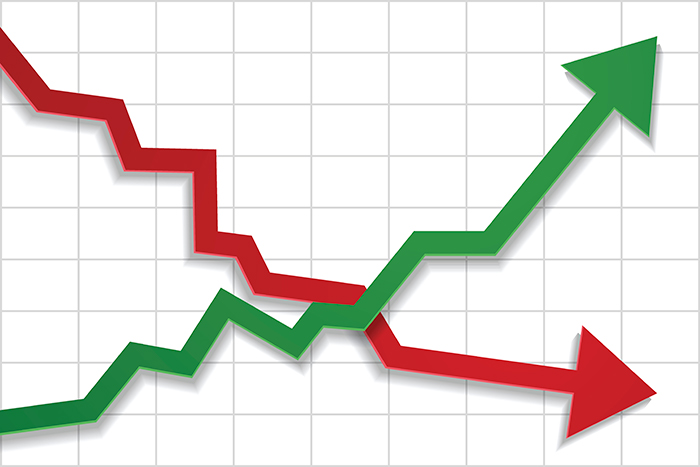
Exploiting the most vulnerable?
Between 1990 and 2012, banks immediately passed on 112% of RBA cash rate increases (the amount of the increases plus 12%), but only 53.7% of rate cuts, and the cuts were delayed by an average of two-and-a-half months, Valadkhani told the inquiry.
CHOICE made a similar argument to the inquiry, but the situation only seems to have got worse.
The parliamentary committee concluded that “many Australians appear to be paying interest that is well above what might be expected in a properly competitive market. This is particularly concerning as it appears those cardholders paying interest are often those who can least afford it.
Many Australians appear to be paying interest that is well above what might be expected in a properly competitive market
Parliamentary inquiry into the credit card market
“It appears credit card providers are taking advantage of the relative inattention of consumers to credit card interest rates, and earning significant profits in the process.”
Mozo’s data methodology
- To calculate the $6.3 billion in savings, Mozo found the average credit card purchase rate for each month from June 2011 to April 2020 and calculated how much the gap between that average rate and the RBA’s Cash Rate changed each month. Then, for each month, Mozo multiplied that gap by the total interest accruing to balances on credit cards according to the RBA, and added each monthly figure to arrive at a total.
- To identify the cards with the largest rate increases, Mozo compared the purchase rate for each card at 1 April 2016 and 19 May 2020.

